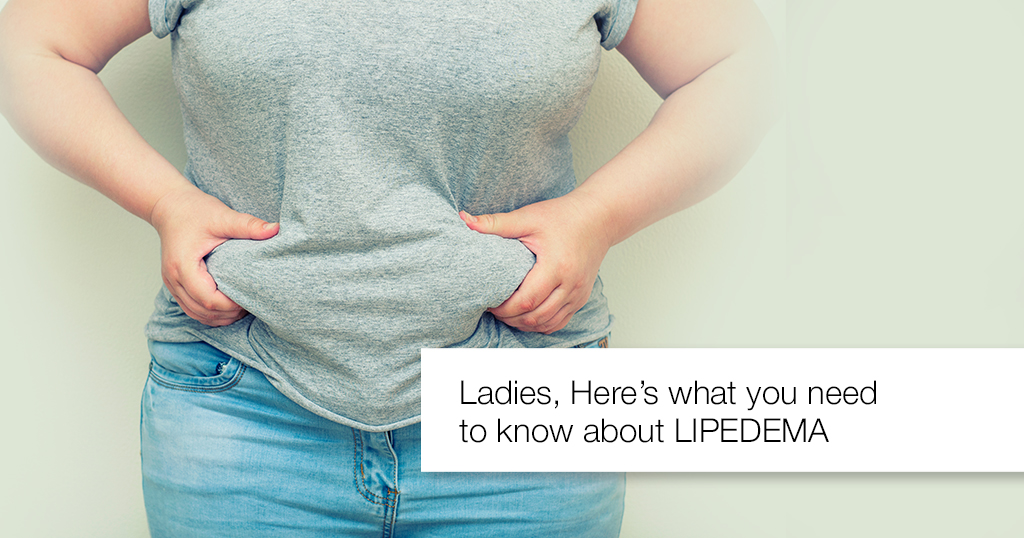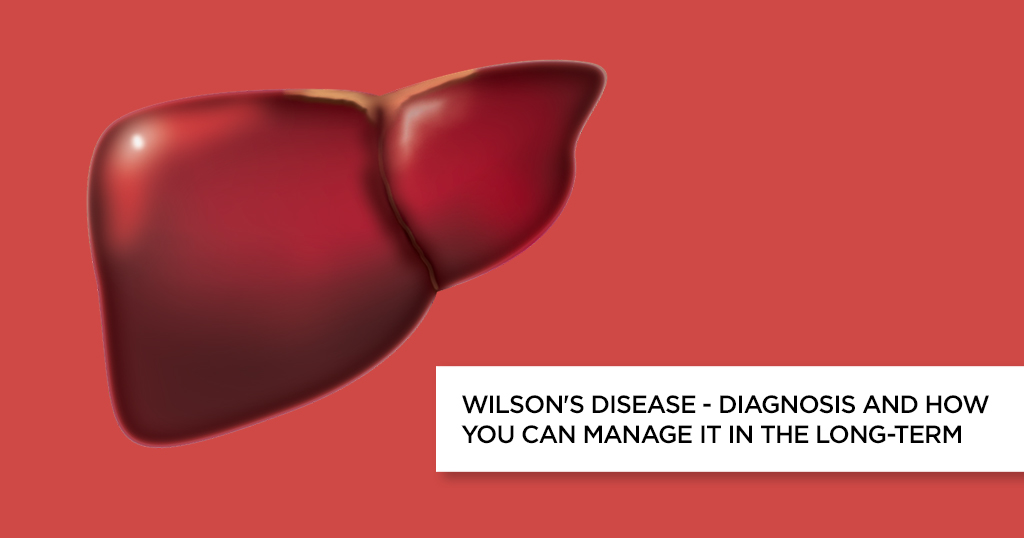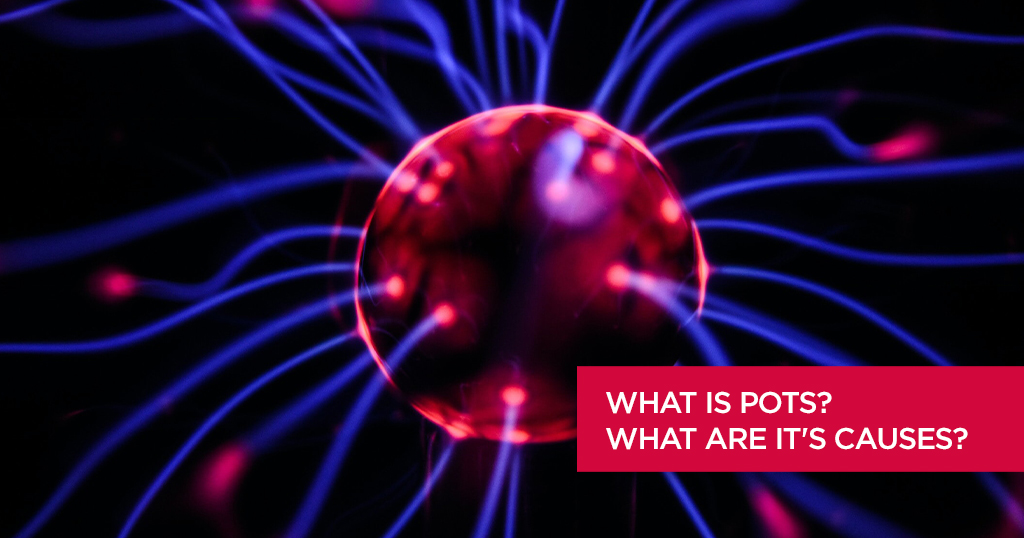Lipedema – Symptoms, Causes and Treatment


Unwanted fat is something that nobody wants. Apart from the several lifestyle factors that contribute towards its accumulation in various parts of the body, there is also a clinical condition that leads to progressive abnormal deposition of unwanted fat in the buttocks, thighs and legs and arms. Called lipedema, this condition effects only the lower part of the body and women are more likely to develop this chronic disorder.
Lipedema is often mistaken for regular obesity or lymphedema!
It might seem like a cosmetic concern initially, but eventually causes pain and other problems. Women with lipedema report a rapid growth of the lipedema subcutaneous adipose tissue, a symmetrical, bilateral build-up of fats beneath the skin, in the setting of stress, surgery, and/or hormonal changes. And those in later stages of the condition have a classic “column-like leg” appearance with masses of nodular fat, easy bruising, and pain.
Though it’s a relatively common condition, there are only few physicians who are aware of it. As a result, patients are often misdiagnosed with lifestyle-induced obesity, and/ or lymphedema.
Symptoms of Lipedema
Typically, affecting largely lower half of the body below umbilicus, buttocks, thighs and legs taking shape like a column are often tender and bruise easily. As the condition progresses, fat continues to build up and the patient’s lower body grows heavier. The lipidemic type of fat can collect in the arms as well. Over time, these fat cells block the vessels of your lymphatic system, which normally helps in balancing body fluid levels and protects against infection. This blockage prevents drainage of lymph fluid properly, leading to build-up of fluid called lymphedema.
Types of Lipedema
- Type 1: Pelvis, buttocks and hips
- Type 2: Buttocks to knees, with formation of folds of fat around the inner side of the knee
- Type 3: Buttocks to ankles
- Type 4: Isolated lower leg
Causes of Lipedema
The cause is not clearly known but the female hormones are suspected to play a crucial role in its incidence. It often begins or worsens at puberty, during pregnancy, after gynaecologic surgery and around the time of menopause. Experts also believe that family history of the disease also contributes towards the condition.
Treatments for Lipedema
A treatment called complete decongestive therapy is recommended for this condition and it involves the following procedures:
- Manual Lymphatic Drainage: A type of massage that makes use of gentle, rhythmic pumping movements that stimulates the flow of lymph around blocked areas to healthy vessels. This can drain lymph into the venous system thus helping to relieve pain and prevent fibrosis.
- Compression: The
- Use of stretch bandages or custom-fitted panty hose, panties, or spandex shorts to increase tissue pressure in the swollen legs and lessen the odds of fluid building up again.
- Exercise: Helps in reducing fluid build-up, boost mobility and maintain or improve your legs.
- Thorough Skin and Nail Care: Helps reduce the risk of wounds and infection.
- Liposuction: Specific water-assisted and tumescent liposuction can remove the lipedema fat. The procedure uses a hollow tube that is placed under the skin to remove the extra fat tissue. Several sessions may be required, depending on the extent of abnormal fat.
Lipedema today affects about 11 per cent of women around the world and it is imperative to generate awareness, conduct additional research and identify better diagnostic and treatment procedures, so that patients suffering from the condition can obtain the care that they need and deserve. Moreover, the early you approach an expert doctor specialising in lipedema treatment, the better are the chances of a successful and effective treatment.
References:
https://www.askapollo.com/physical-appointment/dietitian-and-nutritionist
https://www.apollohospitals.com/patient-care/health-and-lifestyle/understanding-investigations/biopsy
https://www.apollohospitals.com/patient-care/health-and-lifestyle/diseases-and-conditions/lipoma/
© Copyright 2024. Apollo Hospitals Group. All Rights Reserved.
 +91 8069991061
Book Health Check-up
+91 8069991061
Book Health Check-up







